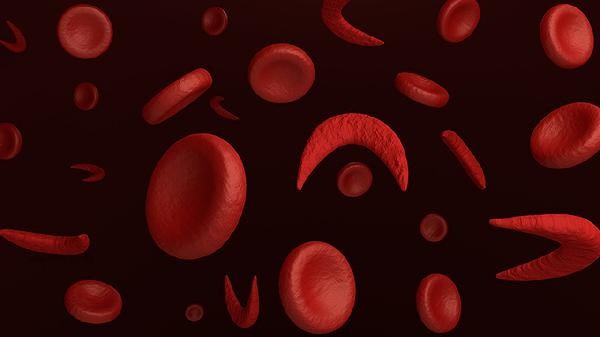The hematocrit of 39.60% is within the normal range. The normal range for adult males is 40% -50%, and for females it is 35% -45%. The specific values may be affected by factors such as altitude, dehydration, anemia, etc.

1. Gender differences:
The hematocrit of males is generally higher than that of females, mainly due to the promotion of red blood cell production by androgens. The loss of iron elements during a woman's menstrual cycle may result in a slight decrease, but 39.60% is still within the reference range for women.
2. Altitude factor:
Residents in high-altitude areas usually have a 5% -8% increase in hematocrit, which is a compensatory response of the body to low oxygen environments. If the tester resides at an altitude of over 2000 meters for a long time, 39.60% may indicate a potential risk of anemia.
3. Dehydration state: When severe diarrhea or insufficient water intake occurs, a decrease in plasma volume can lead to a false increase in hematocrit. Within 24 hours before the test, it is necessary to maintain a normal amount of water intake and avoid immediate blood collection after intense exercise.

4. Anemia screening: Although the
value is normal, it needs to be judged in conjunction with hemoglobin concentration. Early iron deficiency anemia may only manifest as a decrease in hemoglobin, while hematocrit has not yet exceeded the range. It is recommended to simultaneously check other indicators of blood routine.
5. Detection error:
When collecting blood, if the tourniquet is tied for more than 1 minute, or if the sample is hemolyzed or anticoagulated unevenly, it may cause a deviation of 0.5% -2%. During the re examination, different time periods should be selected for repeated testing to eliminate interference from operational factors. Maintaining a balanced diet can help maintain red blood cell health. It is recommended to consume foods rich in heme iron, such as lean meat and animal liver, daily, in combination with vitamin C to promote iron absorption. Long term vegetarians need to increase their intake of plant-based iron sources such as legumes and black fungus. Moderate aerobic exercise can improve bone marrow hematopoietic function, but temporary blood concentration may occur after extreme exercise such as marathon. Pregnant women, teenagers during their growth and development period, and elderly people should regularly monitor their blood routine. If the value is close to the critical value, potential nutritional deficiencies or chronic diseases should be investigated.









Comments (0)
Leave a Comment
No comments yet
Be the first to share your thoughts!